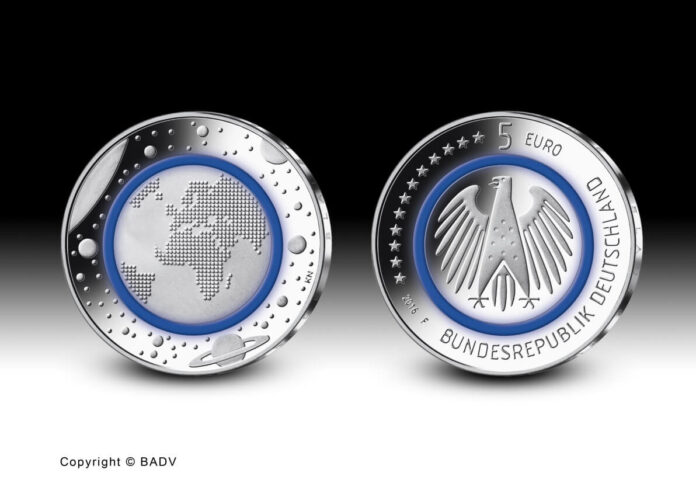
April 7, 2016 – They are already a huge success, the world’s first coins with polymer ring, not only for the Official Sales Agency for Collector’s Coins in Germany. Of course they rub their hands there as well. 250,000 specimens will be produced in mint state, and the Sales Agency sent the potential buyers nothing but rejections already months before the issue date. Perhaps there is still a chance to get one of the 1.5 million FDC specimens, but considering the fact that there are currently 7.6 million people collecting coins in Germany, it is a rather small chance.
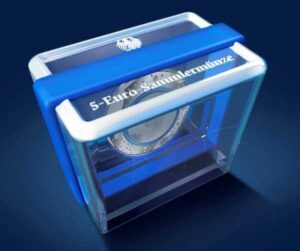
However, it involves more than a mere grant to the coffers. It involves the Bavarian State Mint and the State Mints of Baden-Wuerttemberg significantly contributing to an innovation that may well turn out groundbreaking for modern minting.
For years, mints are looking for ways to make a coin as counterfeit-proof as a currency note. Thanks to the polymer ring, we have come closer to realize this utopian dream. The polymer can be enriched with several additives which may serve as security features. This collector coin emission, therefore, is likely to represent a new era of minting.
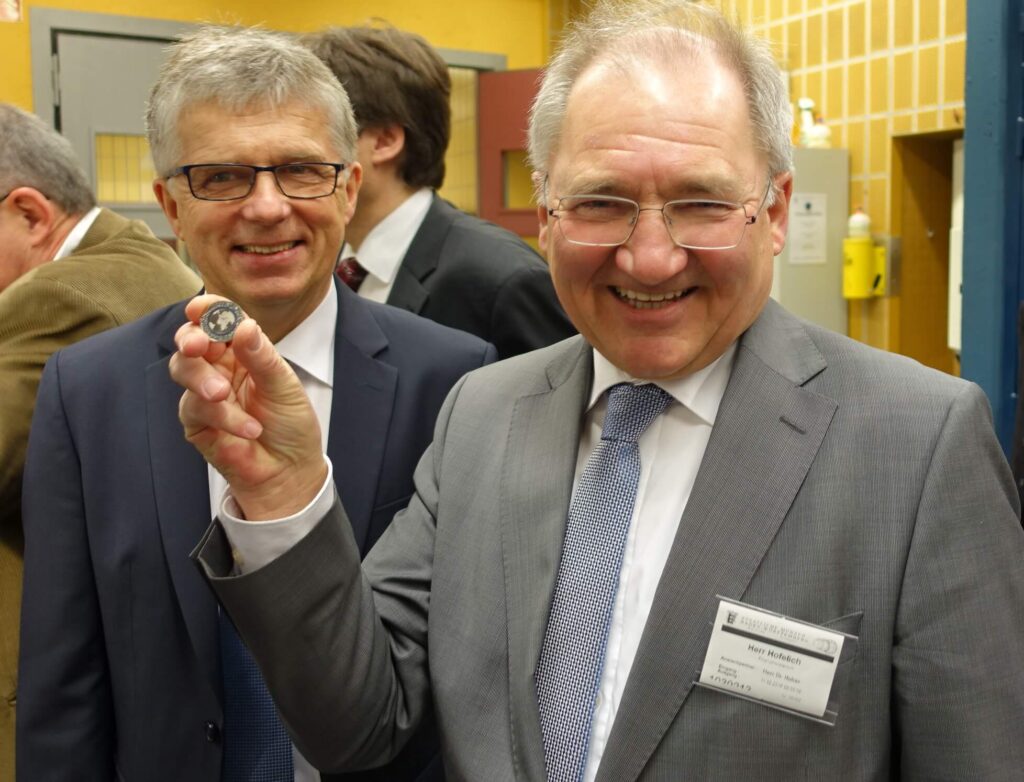
And so everybody was in the mood for celebration when Mint Director Dr Peter Huber, on February 11, 2016, invited to witness the first striking of the 5 euro coins in Karlsruhe.
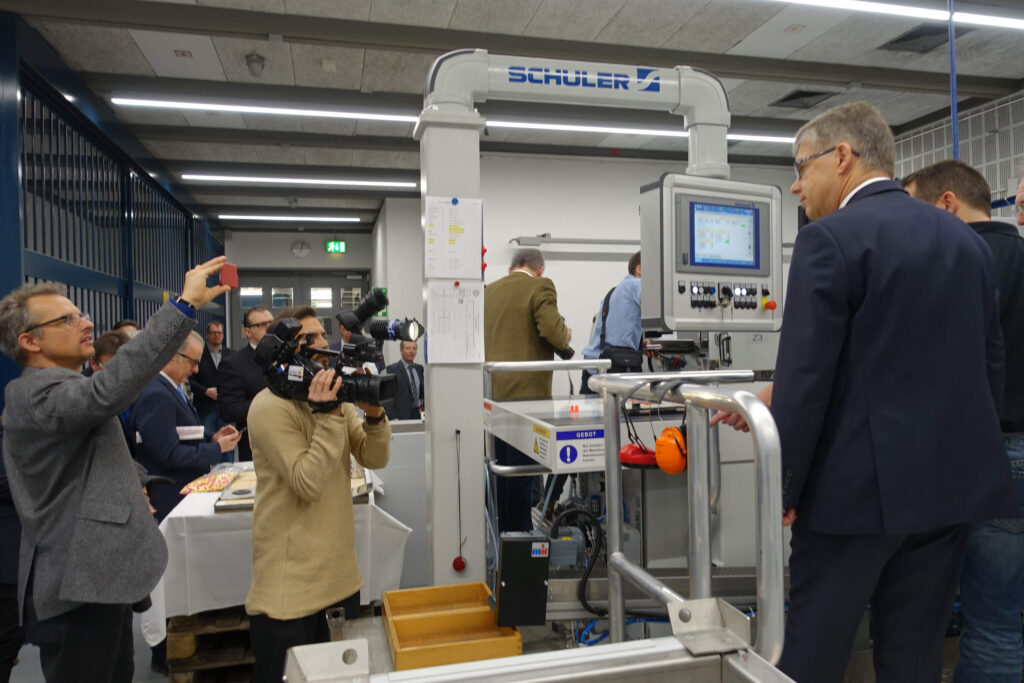
Many of those involved in the development as well as representatives both of the coin trade and the media took the opportunity to take a look behind the scenes.

The scenery is impressive in itself: the Karlsruhe Mint is located in a heritage-protected building that was planned by Friedrich Weinbrenner, the architect who was renowned for his Classical style.
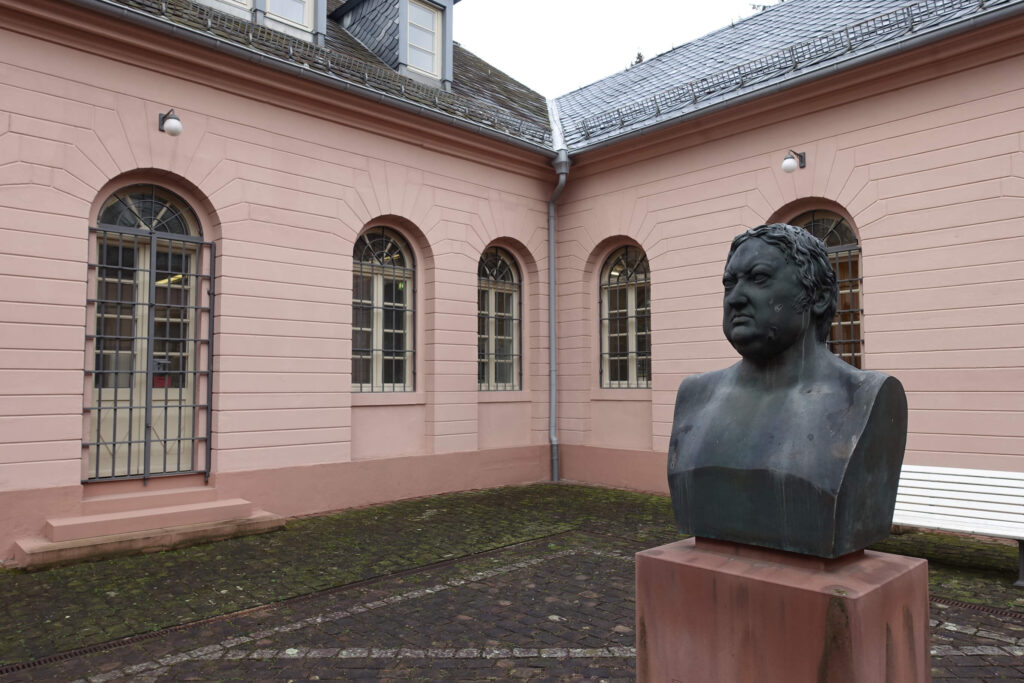
In his capacity as “Badischer Baudirektor”, Weinbrenner was responsible for virtually all official buildings erected in Karlsruhe between 1797 and his death in 1826 (as well as for some other buildings, located mainly in Baden-Baden).
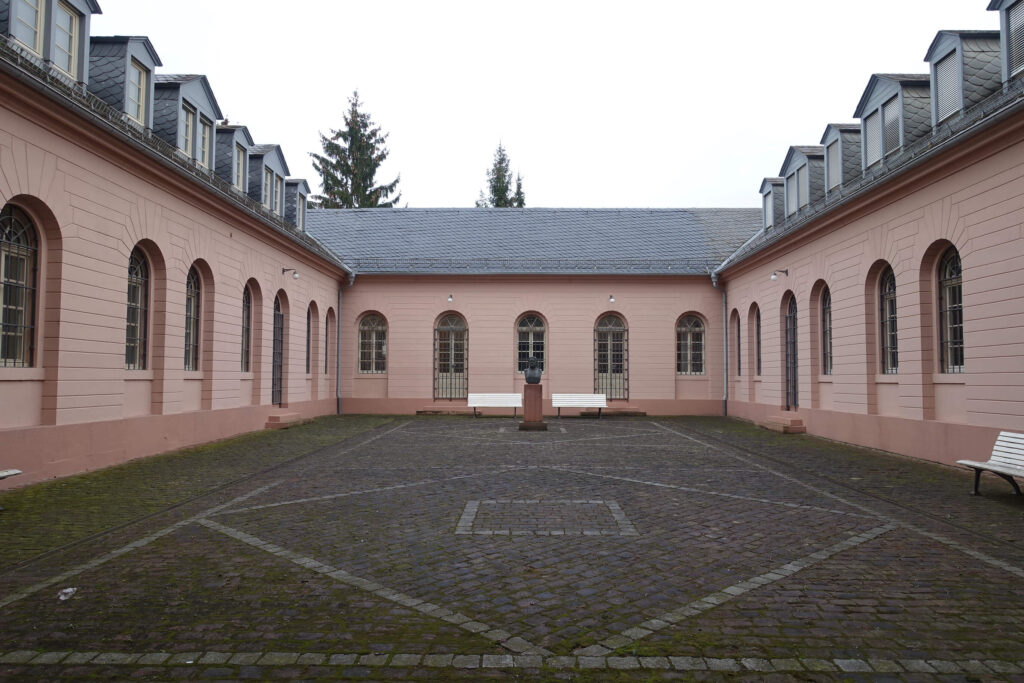
Weinbrenner drew the plans and began the construction. It was his disciple Friedrich Theodor Fischer, however, who finished the building.
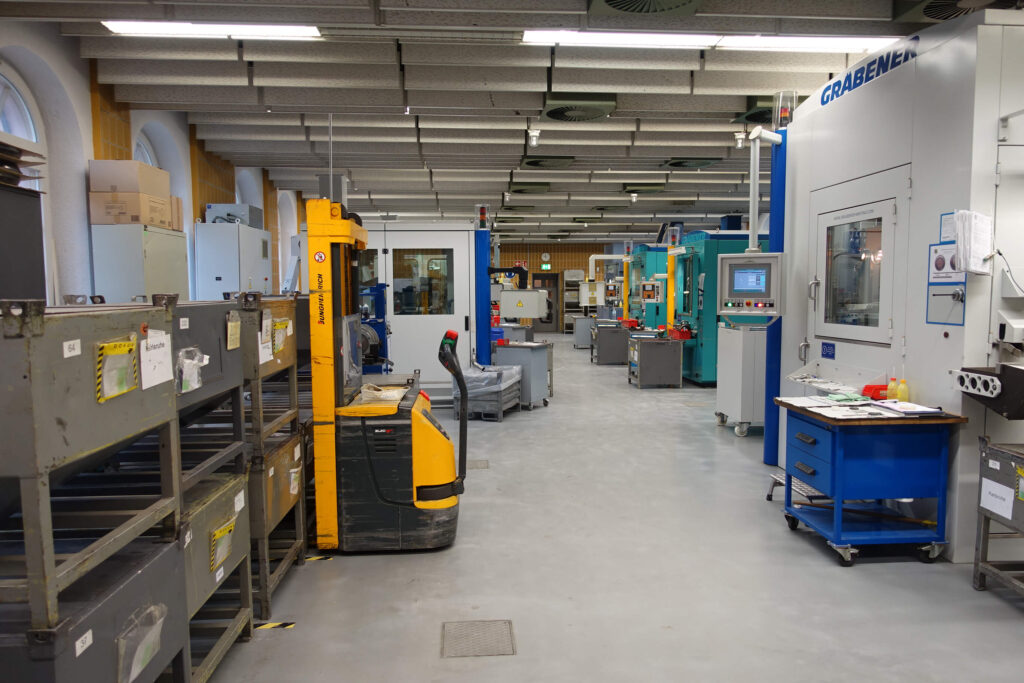
Today, the interior of the heritage-protected building is completely modernized, in order to meet the technological requirements of a state-of-the-art mint. In this hall, for example, circulating coins are produced.
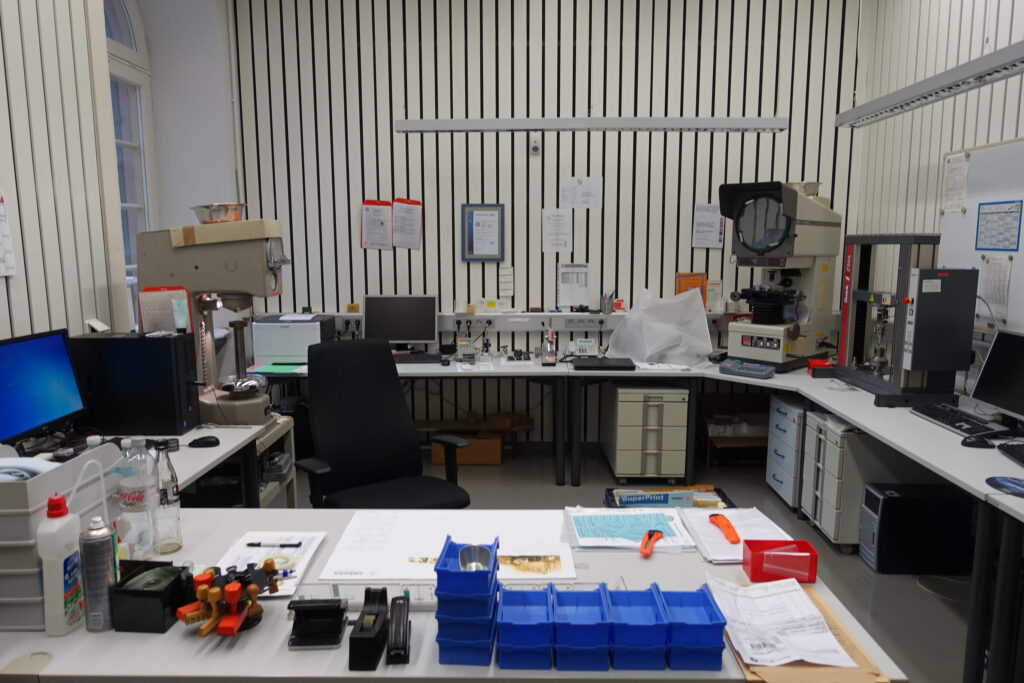
At least as important is the laboratory where blanks and coins are checked whether or not they meet all technical specifications. In a central bank or a ticket machine, the authenticity is checked by using exact measurements today. This is why both weight and diameter must be absolutely correct. But there is more. Other parameters, like the thickness of the layer of the steel blanks, are likewise of the utmost importance to make sure that the electromagnetic signature – as today’s vital component for authentification – meets the specifications.

This machine is used to check which pressure is needed in order to press the core of the 5 euro coin with polymer ring out of the rim. Don’t worry, the threshold values are high. The pressure exerted here exceeds everything the coin will have to withstand when circulating.
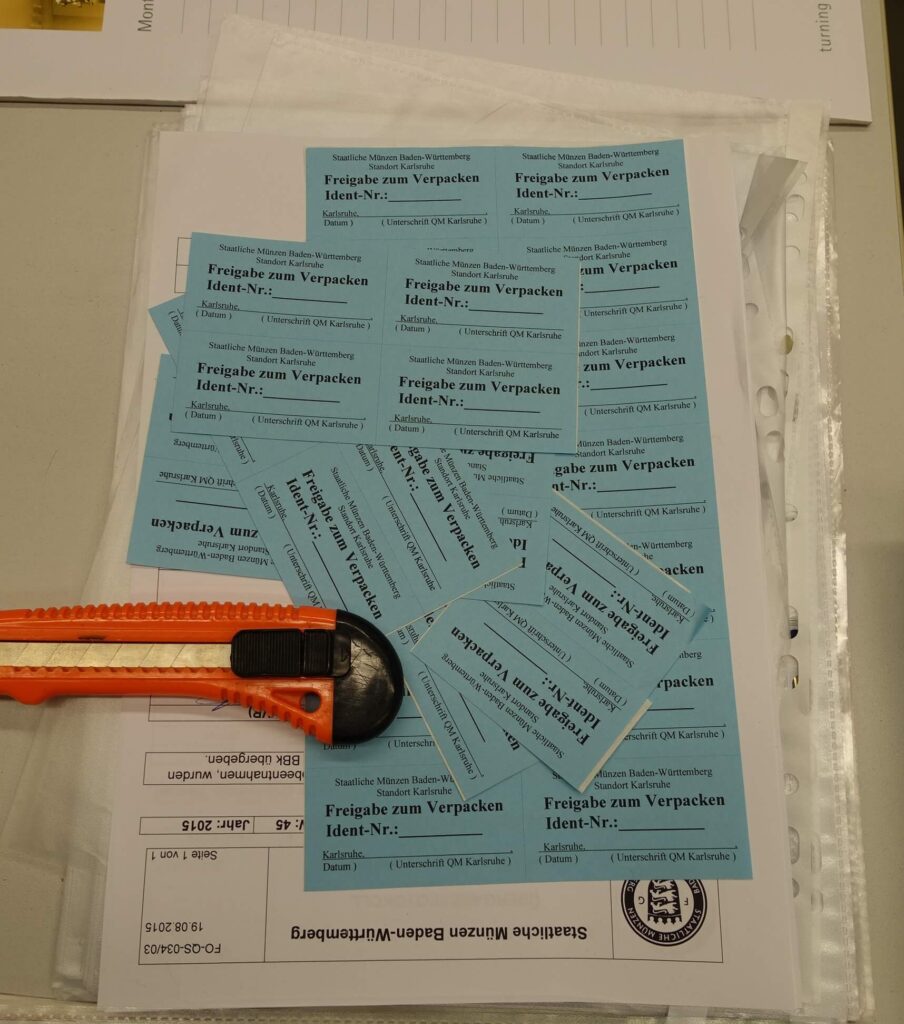
It is only after random samples have proven that a batch matches all requirements that a blue sticker is attached, releasing the material for packing and transport to the central bank.

The basement provides space for the raw material, hence the blanks until they are needed in the minting hall above.

The basement also houses the so-called “decoiner” – a machine which you feed with coins,…

… to get completely unrecognizable metals discs in return. This coin waste is sold on the free market at scrap metal value.
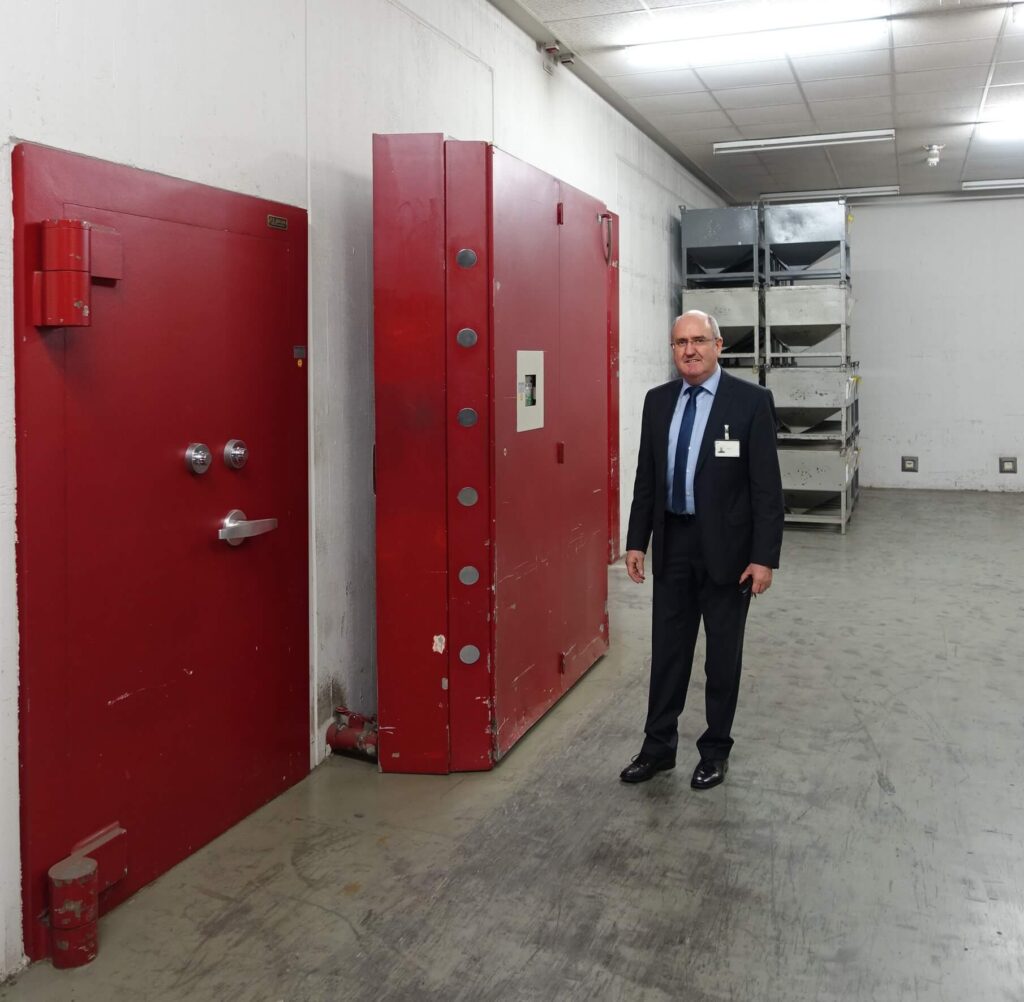
Needless to add that the Karlsruhe Mint also has a huge treasure vault as a storage room for the coined money until it is transported to the central bank. Bleak prospects for thieves. The packed cartons are lying behind thick walls.
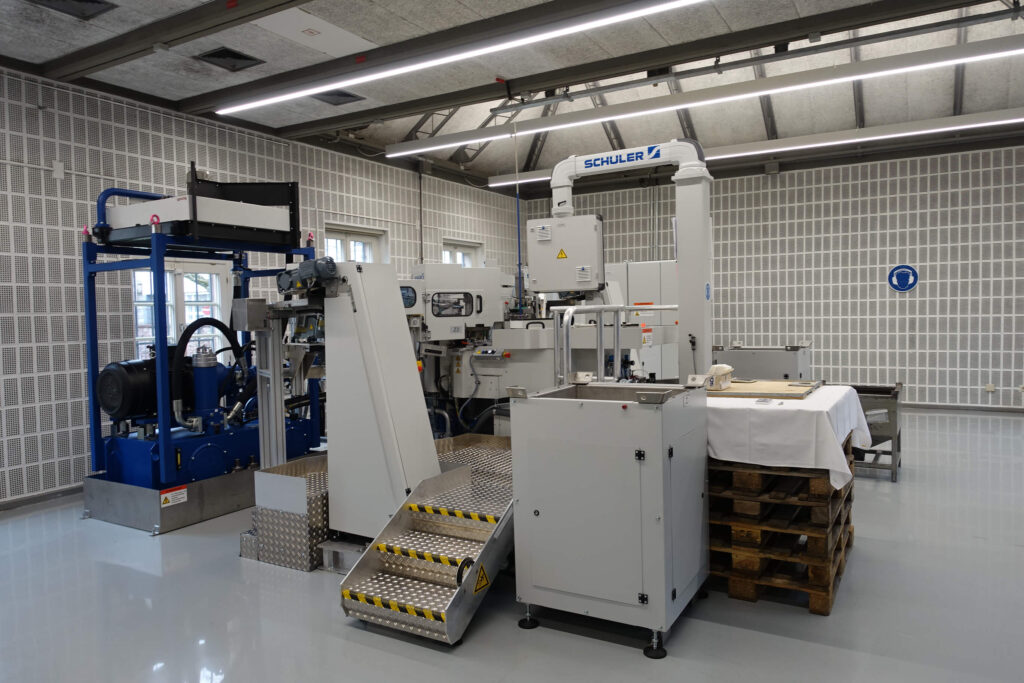
But let us have a look at the production of the polymer coin. The Göppingen-based Schuler company exclusively designed a press which not only joins …
… the ring and the core, but likewise …

the polymer rings to the blank in one single working step.

The Bavarian State Mint in Munich and the State Mints of Baden-Wuerttemberg hold a patent for these new blanks. Only the mints in Karlsruhe, Munich, and Stuttgart are therefore allowed to produce them. Berlin and Hamburg already received the finished blanks for their production.
It is the first time that these strikings not only differ in their mint mark but also in the color of the polymer ring.

This is how the blanks look like from which the polymer coin is made.
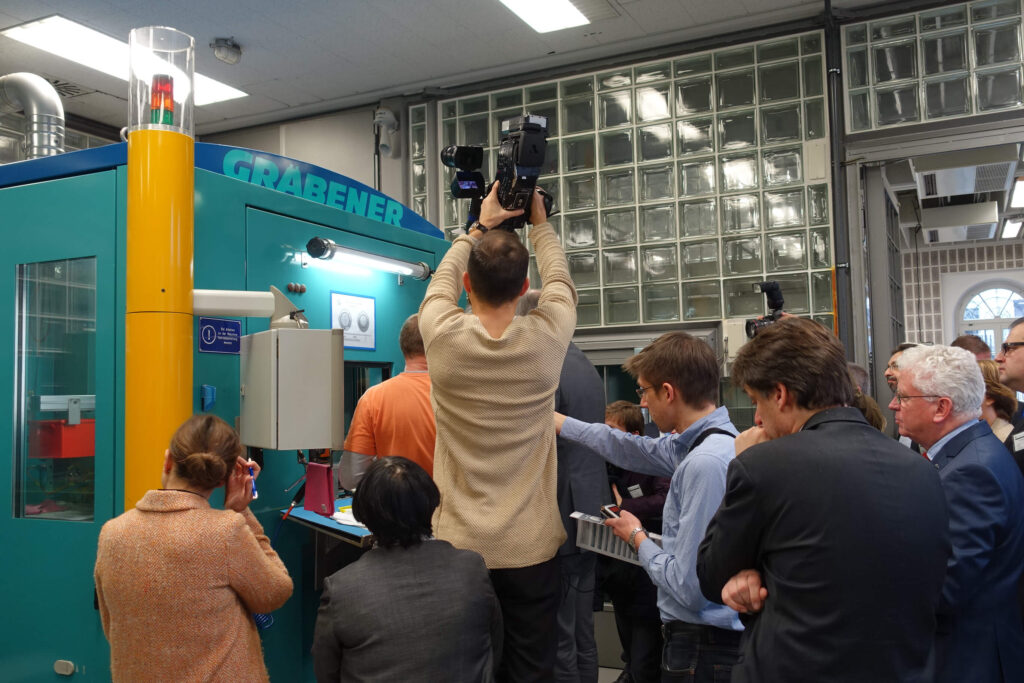
Depending on how the blanks and the dies were pretreated, coins are being produced in circulation quality (FDC) or in a grade exclusively for collectors (mint state).

Here we see in detail how the mint state specimens are produced by a Gräbener press.

And this is how the FDC variety looks like, which was likewise coined by a Gräbener press.
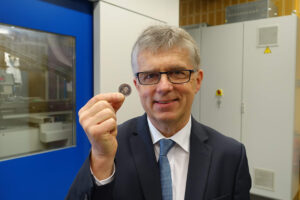
It is clear to see how proud the Director of the State Mints of Baden-Wuerttemberg, Dr Peter Huber, is of “his” product.

Sten Karlstroem also has every reason to be proud. He was the one who developed the polymer which now constitutes the ring.

It was a historic moment when the very first polymer coins were struck. It will be interesting to see when and in which country the first circulation coins with polymer ring will be introduced.
We reported about the development of the polymer coin a few times already. The first time was in an article on the 10th Technical Forum under the program of the World Money Fair.
Then in May last year, when the Ministry of Finance decided at record speed to issue a commemorative coin produced with this new technology.
Of course we were likewise present when the 5 euro coin was unveiled to the general public in February 2016. We reported on it in German.







